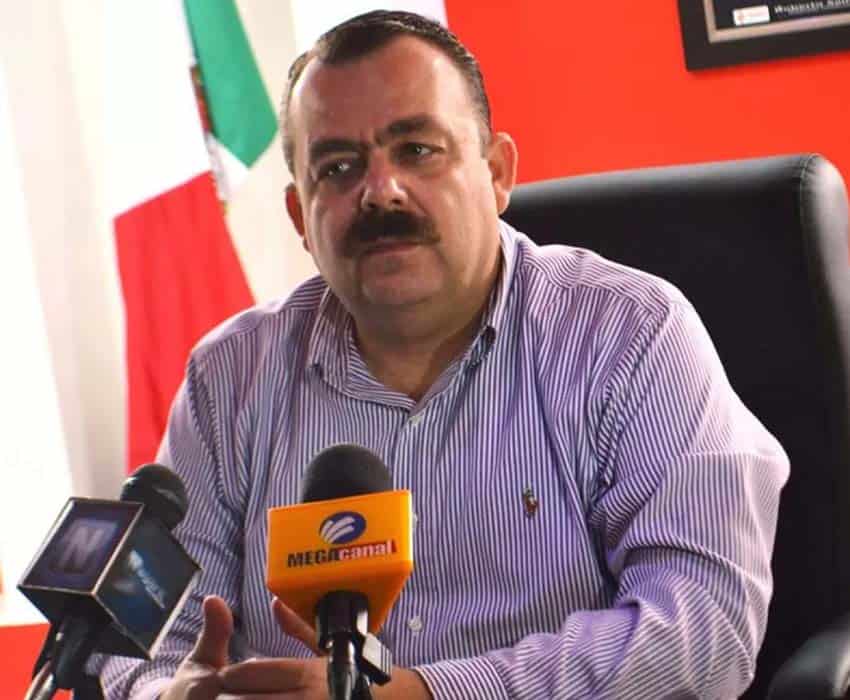From brand partner | CDR San Miguel | Forbes Global Properties
Welcome to Suite Tallulah, the ultimate pied-à-terre located in the heart of San Miguel de Allende, just steps away from Parque Juárez and the Jardín (main square). This cozy, tastefully furnished home is now available for sale at an unbelievable price of US $375,000 and it’s a must-see for anyone looking to own a piece of paradise in this vibrant town.
Who is the intriguing woman behind this stunning property? Meet Cheryl “Finn” Finnegan, a true design visionary, who revolutionized the fashion industry with the launch of her iconic San Miguel-based luxury jewelry brand Virgins, Saints & Angels (VSA) back in 1999.
With a fresh and imaginative approach, she fused traditional Mexican artesania with gothic religious iconography to create something truly unique – a homage to powerful female icons.
This idea was ahead of its time, captivating the hearts and minds of fashion lovers everywhere, and garnering a devoted following of celebrity fans, including Madonna, Britney Spears, Alicia Keys, Lady Gaga, and John Galliano.

With a passion for creativity and a love for San Miguel, Cheryl fondly recalls the humble beginnings of her company in 1999. “It all started with a custom-made belt-buckle embellished with the Virgin Guadalupe in a small, dimly-lit, dusty workshop. All of a sudden we had an extended family of craftsmen, each adding their own individual touches and energy to every unique piece.”
Each exquisite piece of jewelry is handcrafted by local artisans, honoring the powerful imagery and beauty of San Miguel. And now, she’s bringing her creative expertise to the world of real estate with Suite Tallulah.
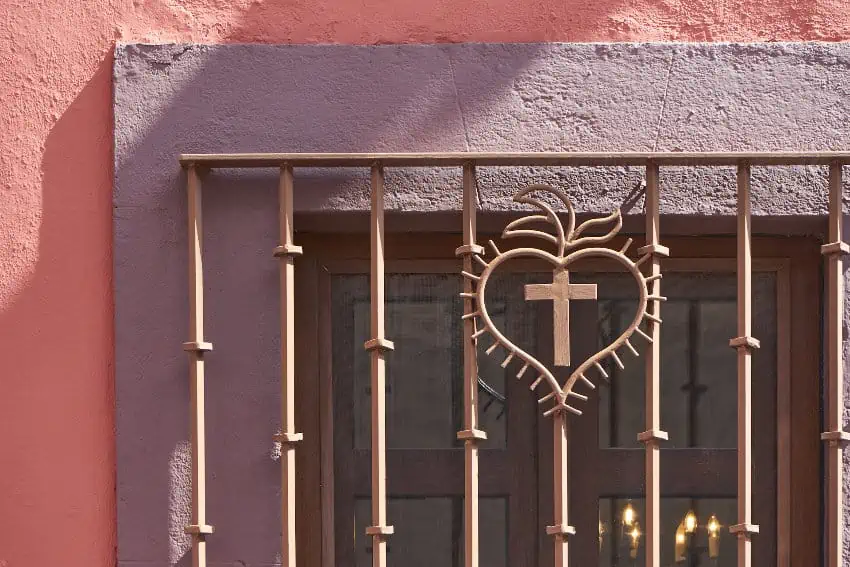
Lovingly named after her daughter, Suite Tallulah is eclectic and inviting, with a comfortable and lived-in feel. The enchanting facade and breathtaking ironwork, adorned with the signature Virgins, Saints & Angels heart logo, foreshadow the magic waiting inside.
Key Features:
- This charming one-bedroom pied-à–terre offers affordable luxury in the center of San Miguel de Allende at the unbeatable price of US $375,000
- Beautifully furnished and decorated with a mix of old-world charm and modern style by celebrated luxury jewelry designer, Cheryl ‘Finn’ Finnegan of iconic brand Virgins, Saints & Angels, worn by celebrity admirers, including Madonna and Britney Spears
- The spacious one-bedroom boasts its very own walk-in closet and dressing area with French doors opening onto a small patio and a breathtaking private roof terrace with panoramic views of San Miguel
- An ideal option as a lucrative rental for anyone looking to invest in property in the center of San Miguel de Allende
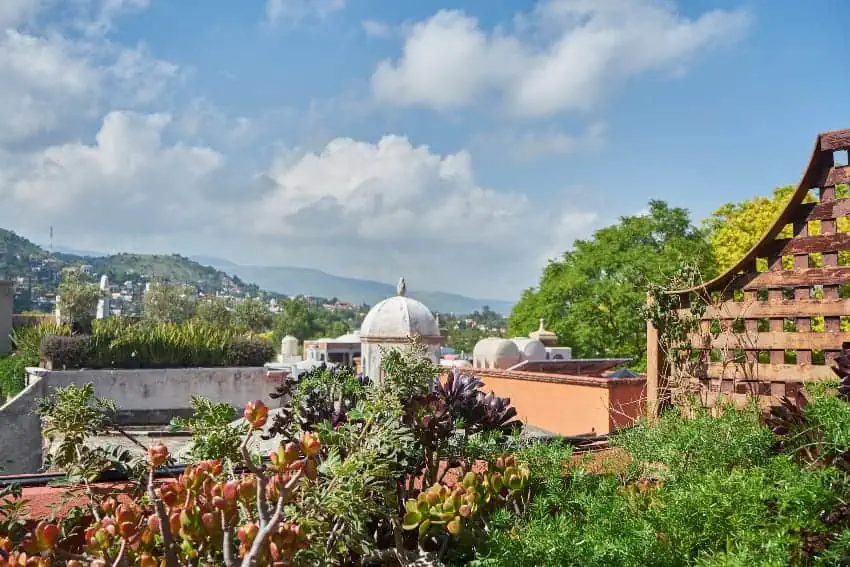
“There’s a lot of love in that house. You wouldn’t believe how many people have proposed on Suite Tallulah’s rooftop and then come back year after year,” says Cheryl.
From the cozy living room with its timeless cantera fireplace, skylights, and vintage tiled floors, to the kitchen with its open shelving and built-in cabinets, visitors immediately feel right at home. And with a half-bath conveniently located on the first level, you have everything you need right at your fingertips.

Privacy, security, and peace have been prioritized here with the addition of world-class noise canceling, triple-glazed windows and doors throughout the property.
The bedroom upstairs boasts charming details, including French doors that open out onto a small patio with a beautiful fountain, and a large walk-in closet with a dressing area, with views overlooking the cobbled San Miguel streets.
The bathroom has a generous bathtub and a chandelier suspended over the sink, adding an extra touch of luxury.

And finally, the cherry on top of this elegant cake: the exceptional rooftop terrace.
Furnished with a tented sofa, and surrounded by a variety of local plants, this outdoor oasis is the perfect place to relax and enjoy the stunning views of Centro and the hills surrounding the city.
Suite Tallulah is a true gem, a mix of old-world charm and modern style. With its affordable price, prime location, and gorgeous views, it’s the perfect home for anyone looking to make their dreams of living in Mexico a reality.
For more information and to schedule a viewing, contact Jessica Patterson of |CDR San Miguel |Forbes Global Properties. The asking price is US $375,000.



